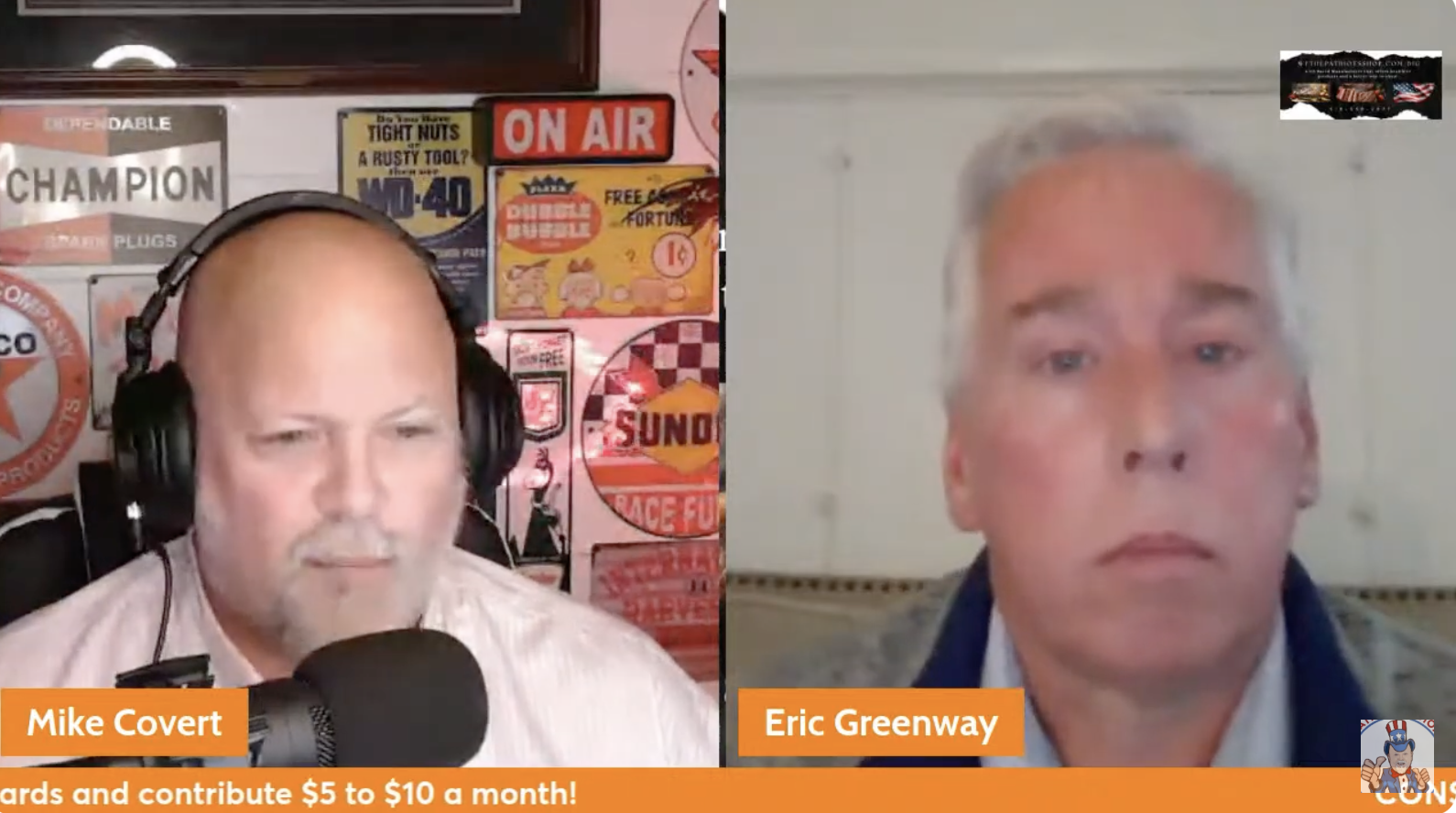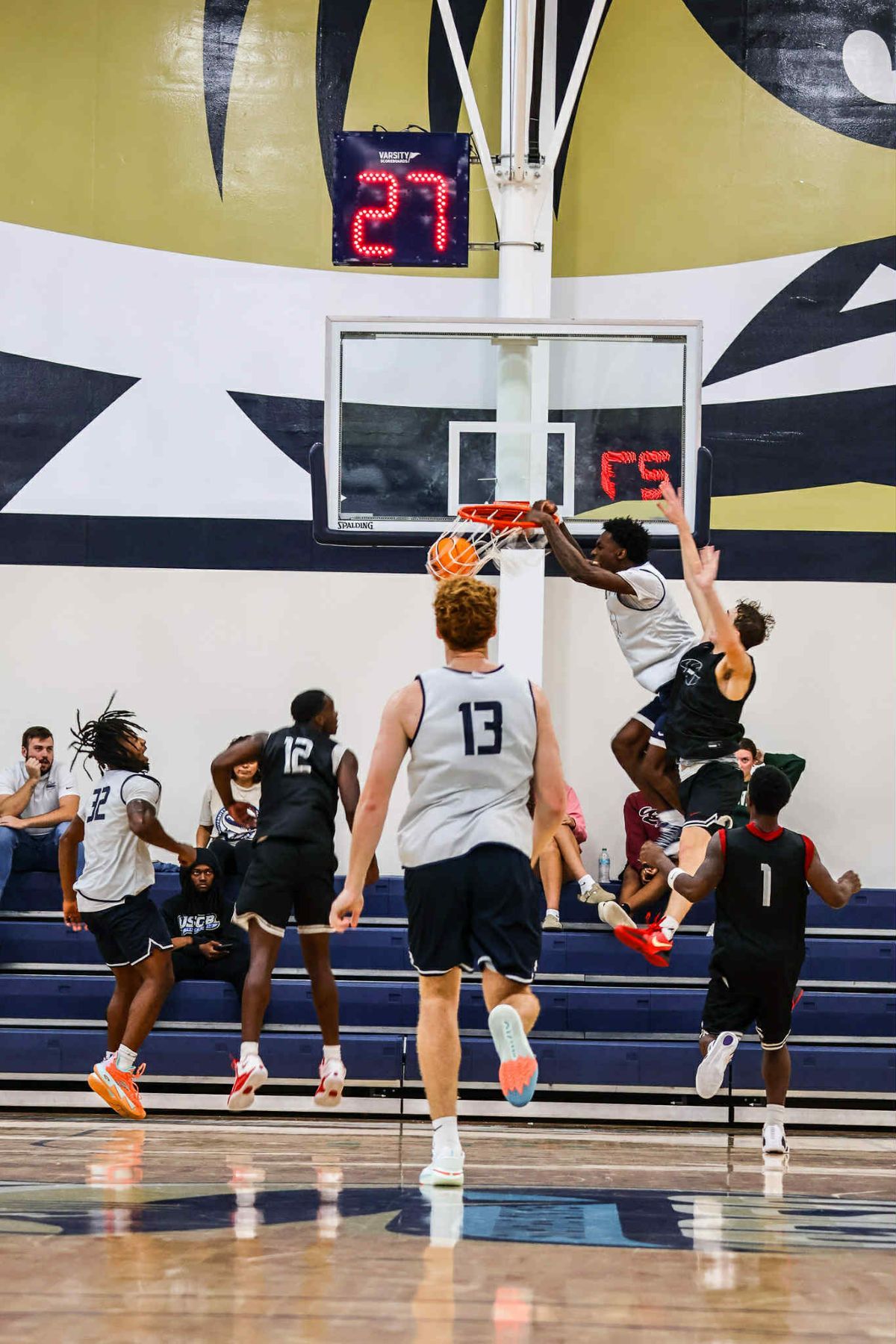By Scott Graber
It is Wednesday, wet, and I’m sitting in our dining room looking out into a fog hanging just above the marsh. I have my coffee — Black Dog Sumatra Mandheling — and the Wall Street Journal.
This morning the Journal tells us that Netflix added 13.3 million subscribers in the last quarter and now has a total of 260 million subscribers worldwide. Additionally Netflix announced it intends to spend $17 billion on “content” this coming year.
These astounding numbers sent their stock climbing and one would think these entertainment providers would be fat, happy, contented. But one would be wrong on that score.
Netflix knows that most viewers prefer live action programs like football and live competitions — think “American Idol” — instead of the ever-predictable romantic comedy. They know that a single football game, even if it’s the pitiful Jets versus the pathetic Panthers, can draw as many as 19 million viewers. They know a live event with some action, a little violence and a doubtful outcome is addictive, essential.
Take Sunday Night Football. This weekly football game routinely draws in 20 million viewers — one third of whom are Black, Latino or Asian, 36% are women. While traditional television usage is in a ratings death spiral, NFL viewership is up by 5 or 6 percent this year.
So Netflix is getting into the live action business with international rights to “Smackdown” and “WrestleMania.” “Smackdown” comes with its own theme song, augmented graphics and theatrical combat between good and evil. It is religiously watched — from Mexico to Pakistan — by young men seeking a release in the same manner as Roman citizens sought their release at the Coliseum.
For most of my life I watched my college and professional football; my baseball and tennis on one of the legacy networks — NBC, CBS or ABC. But streamers like Netflix, Amazon and Peacock want into the “live action” vineyards that have long been been the exclusive preserve of commercial supported conventional television.
Commercial-interrupted television is being abandoned by millions who are running to the exits. Young people have forsaken “Morning Joe” as well as nightly newscasts — one can tell that is true from the Big Pharma advertising that pervades these news shows.
Our cellphone toting kids have ended their subscriptions to newspapers — printed and digital — if they ever did subscribe. Now kids rely on Spotify, YouTube and TikTok to the extent that they consume news at all.
The most fascinating part of this story is the fact that YouTube and TikTok make very few of their own videos. They rely on free “content” that is provided by anyone with a cellphone and an imagination. In the case of YouTube 2.5 billion users around the world watch more than one billion hours of video each day.
When these visual novelties go out in microburst format, YouTube monitors who is watching what — computers and algorithms make this possible — and then YouTube can target that same viewer with advertising that he or she is likely to watch.
This form of entertainment is so cheap (they hardly make anything much less a movie or a football game) and so profitable (they know what their watcher wants to buy) that Google has become a force majeure that has energized the American Stock Market.
It may be obvious that Americans don’t make toasters and televisions anymore; but we do make entertainment for the rest of the world. And those growth stocks have propped-up our economy.
There is a cloud.
In addition to the Chinese-owned TikTok, American-owned Google (YouTube) is turning our book-reading, piano-playing, soccer ball-kicking, mountain bike-riding children into watchers — full time watchers of homemade videos that often involve cats — as well as podcasts, music and video games. Statistics reveal that American children watch some kind of screen (television, computer, cell phone) five to seven hours every day.
Much of this watching features videos and news in small, colorful microbursts of information. These come with a good bit of misinformation and hate-inspired conspiracy. But it’s the delivery vehicle we should worry about.
If these numbers are anywhere close to accurate, your average teenager doesn’t have any interest in a slow-going, multi-generational, character-rich novel. But what is now being asked is whether this new generation of watchers will sit and watch a whole football game? If they are now getting everything they need in a 30-second video blast, will they watch a game that takes 3 hours?
Stay tuned!
Scott Graber is a lawyer, novelist, veteran columnist and longtime resident of Port Royal. He can be reached at cscottgraber@gmail.com.









